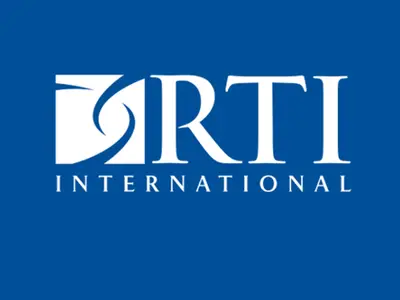Addressing the risks of exposure to toxic substances to improve human health and the environment
What are contaminants of concern?
Contaminants of concern are potentially hazardous chemicals and substances that are increasingly observed in the environment, personal care products, and pharmaceuticals. The manufacturing, processing, distribution, use, and disposal of commercial and industrial chemicals—including nanomaterials—can pose significant threats to human health and the environment. Naturally occurring microbial substances and pathogens can also pose similar risks.
Identifying and analyzing contaminants of concern
As contaminants of concern become increasingly present in the environment and in consumer products, it’s important to take steps to identify and analyze them. Additionally, it’s vital to mitigate the release of chemicals into the environment and to educate communities on how to limit their exposure and risk.
Through sample collection, research methodologies, state-of-the-art laboratory facilities, and models, we can support clients with data-driven decision analysis to characterize multimedia, multi-pathway exposures and human and environmental health impacts.
Minimizing risk of exposure to contaminants
To understand the risk of exposure to a substance or contaminant, it is important to understand sources of exposure along with environmental and behavioral factors that increase exposure. By linking environmental and human health problems to contaminant exposures, we can identify and implement reasonable risk mitigation strategies, including looking for viable, nontoxic alternatives, advocating for policy change, cleaning up infrastructure, treating air, water, and soil quality, and more.
Providing protection from contaminants
Considering the risks of exposure to harmful contaminants, it’s important to focus on how best to protect all people and all communities. Fenceline communities are located near industrial chemical manufacturing or waste management facilities and are prone to higher rates of chemical exposures and disproportionate adverse health outcomes.
Best practices for working with partners on addressing contaminants of concern include centering community-based research, using participatory science approaches, and relying on the input of local leaders.
























